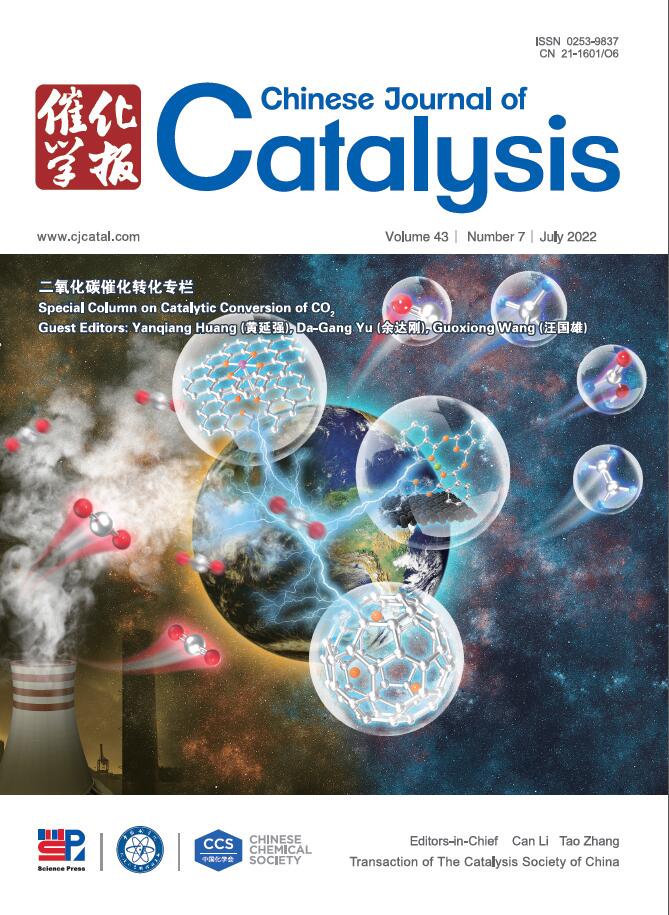High-entropy alloy (HEA) catalysts exhibit enhanced hydrogen evolution reaction (HER) activity in water electrolysis, yet the understanding of their structure and active sites in reaction environments remains unclear. Here, we systematically investigated the HER activity and stability of PtPdRhRuCu/C through a combination of electrochemical measurements, in situ synchrotron radiation X-ray absorption spectroscopy (XAS) at the Cu K-edge and Pt L3-edge, and density functional theory (DFT) calculations. Uniformly sized PtPdRhRuCu HEA nanoparticles were prepared via a facile one-step solvothermal method. In situ XAS results revealed that the HEA nanoparticles maintained metallic states and a disordered arrangement of the overall structure at hydrogen evolution potential, implying the absence of the separated phases. Relying on multi-metal active sites, PtPdRhRuCu/C demonstrated a remarkably low overpotential of 23.3 mV at 10 mA cm–2 in alkaline HER, which is significantly lower than the overpotential observed in commercial Pt/C (50.3 mV), and achieving a mass activity 7.9 times that of Pt/C. DFT calculations show that the synergy of each metal site optimizes the dissociation energy barrier of water molecules. This study not only demonstrates the advancement of high-entropy alloys in electrocatalysis but also provides a comprehensive understanding of the structure-activity relationship of these unique catalysts through detailed characterizations. Our findings further contribute to the rational design and application of high-entropy alloy catalysts, specifically in HER.


